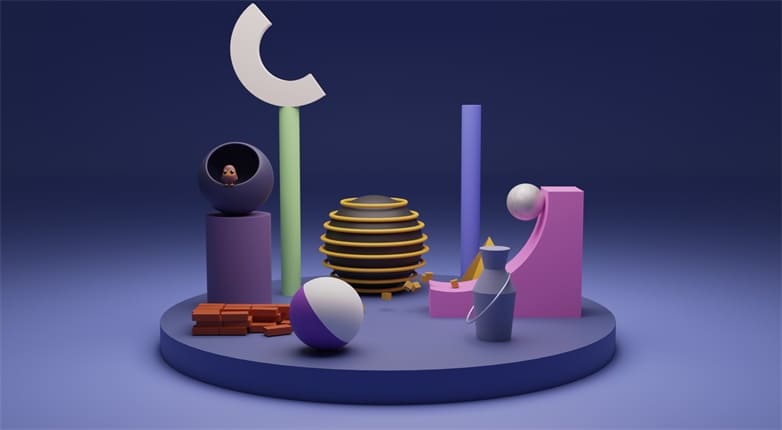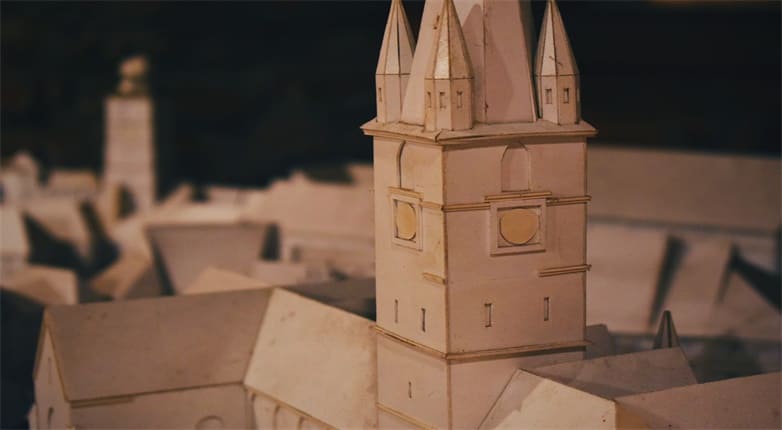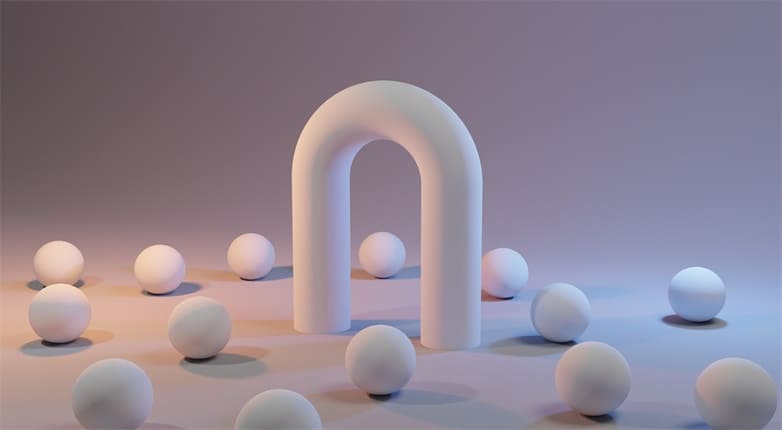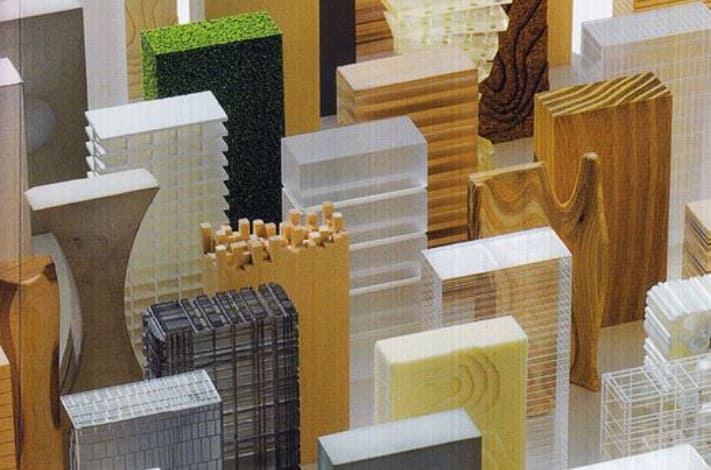It takes a lot of work to make an idea a reality, whether it’s in business, architecture, or other endeavors. There are numerous tools you can use to get from the idea stage to the stage where your vision is fully realized. One of these tools used by entrepreneurs, architects, and interior designers, is the concept model. It can facilitate the design process and encourage creativity and innovation in multiple ways.
What is a Concept Model?
There are many ways to describe a concept model. A big part of how a concept model is defined relates to the industry that is using it. Are you a professor or an interior designer? Are you a CEO or an architect? Each role and discipline will use the concept model in unique ways depending on the needs of the industry and the individual. However, some major factors are present in all concept models, which is what we will explore here.
In most cases, a concept model provides a real-world representation of abstract ideas. It encapsulates the core principles, concepts, and intentions of a design. These models are not the final version of anything—instead, they serve as the early exploration of a design. They help to clarify and communicate the key concepts in a design or project.
Consider how an architect might use a concept model. They have a building they are creating and they have some great ideas. But they also know that ideas don’t always work when you actually start building. Physics, gravity, human perception—there are too many factors to hold in your head when creating a building.
Once an architect has a design concept and they want to see how it will work in the real world, they can create a concept model. This is usually a basic physical representation at a small scale of the building made out of foam or other inexpensive materials. Once the foam model is in their hands, they can quickly see how parts of it relate to one another and other details.
It’s much cheaper and less expensive to try out a concept with some foam than to wait until the building is built. If something doesn’t work with the model, changing it is relatively easy.
Concept Model Basics
There are some basic considerations that all concept models share:
Simplification and Abstraction
A concept model should distill the essence of a design. For example, if you were building an office park and wanted to explore the concept of how multiple buildings would relate to one another in a space, you could do so with simple foam models. No need for hyper-accurate creations here. Simple foam blocks with the right relative size to each other would be enough to explore the idea.
Experimentation
Concept models are quick and cheap. They let you try an idea, scrap an idea, and move on to another idea. You don’t have to worry about getting bogged down in excessive detail. Iteration is such an important concept in design. You try an idea and another idea and so on until you hit upon what works. Concept models are ideal for iteration.
Spatial Relationships
Three-dimensional concept models are a necessity when considering spatial relationships in architecture and other design disciplines. There is just something about being able to feel and see an idea, something inherent in our ability to judge spacing. Scale, proportion, and interplay of elements are things we perceive with more than just our eyes. Concept models are powerful tools because of their tangibility.
Physical or Digital
There are situations where concept models are explored using digital tools. If you were deciding on the location of buildings in an office park, there would be no substitute for a 3D model. But if you were trying to pick the color of an individual apartment’s walls in an interior design project, it might be sufficient to cycle through options using digital tools.
How to Create a Concept Model
You can create a concept design model for all sorts of concepts. Most of the time, you can follow this general process:
1. Set up the design brief.
Before you create a model, you need a design brief. The brief will define your goals, primary elements, and specific constraints you are facing. The design brief serves as the foundation of the concept model so prioritize its completion first.
2. Brainstorm.
You are still in the initial stages of the design when the ideas should be flowing freely. You can try out as many different approaches as you want because the stakes right now are low. Free flow of ideas is paramount for innovation and should never be inhibited this early in the process.
3. Decide on model materials.
If you are choosing a 3D concept model, it’s important to get the materials right. Many concept models are constructed of foam because it’s inexpensive and easy to customize. But different materials are better for different applications. You might consider using wood, glass, metal, or something else besides foam. Only some materials will be right for this particular concept model. And some materials will be faster, cheaper, and easier to utilize than others. For quick and cheap concept models in architecture, foam is king.
4. Focus on specific elements.
Concept models are best used to explore parts of the overall design. It’s a mistake to try and fit too many different elements into a concept model because it muddies the waters and makes it harder to examine each concept. Texture, color, scale, spatial relationships—there are plenty of options, but try to stick to one or two in a single model.
5. Pay attention to scale.
While some things don’t have to be terribly accurate in a concept model, scale and proportion should be prioritized. This is your chance to see and feel how your design will fit into the world around it and within the space of each of its elements. A concept model that really works is one that provides a tangible sense of the project’s scale.
6. Iterate.
The opportunity to iterate is one of the greatest advantages concept models offer designers. As long as you keep the model inexpensive and easy to produce, such as by using foam, you can try multiple ideas without significant cost. Take feedback during this stage and try out as many ideas as you feel necessary.
Take Advantage of Concept Models in Your Design Process
Whether it’s conceptual database design, architectural design, or business design, a concept design model can help you take your designs to the next level. Take advantage of this opportunity to try new ideas and find a combination of elements that produces the ideal results you are looking for.
